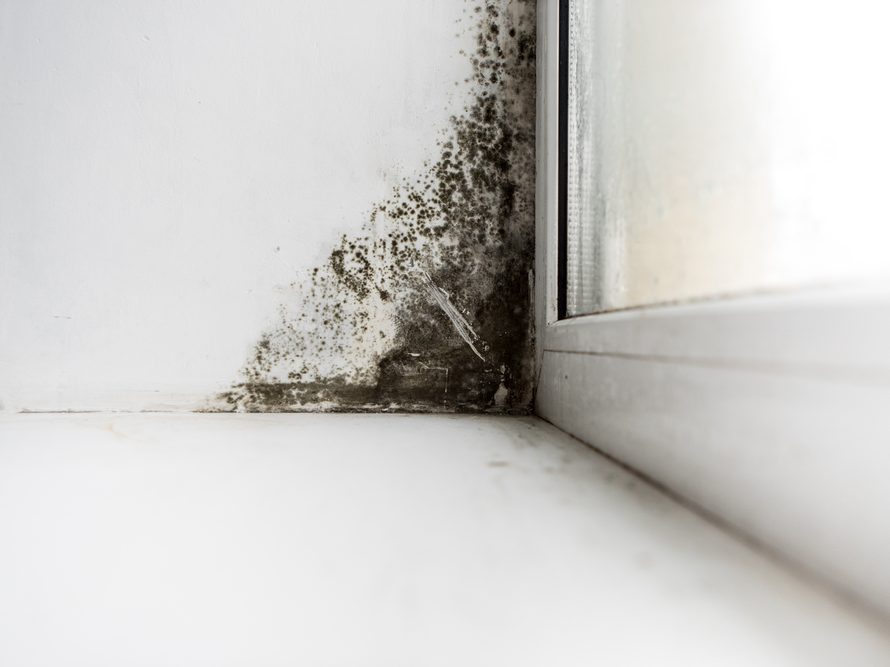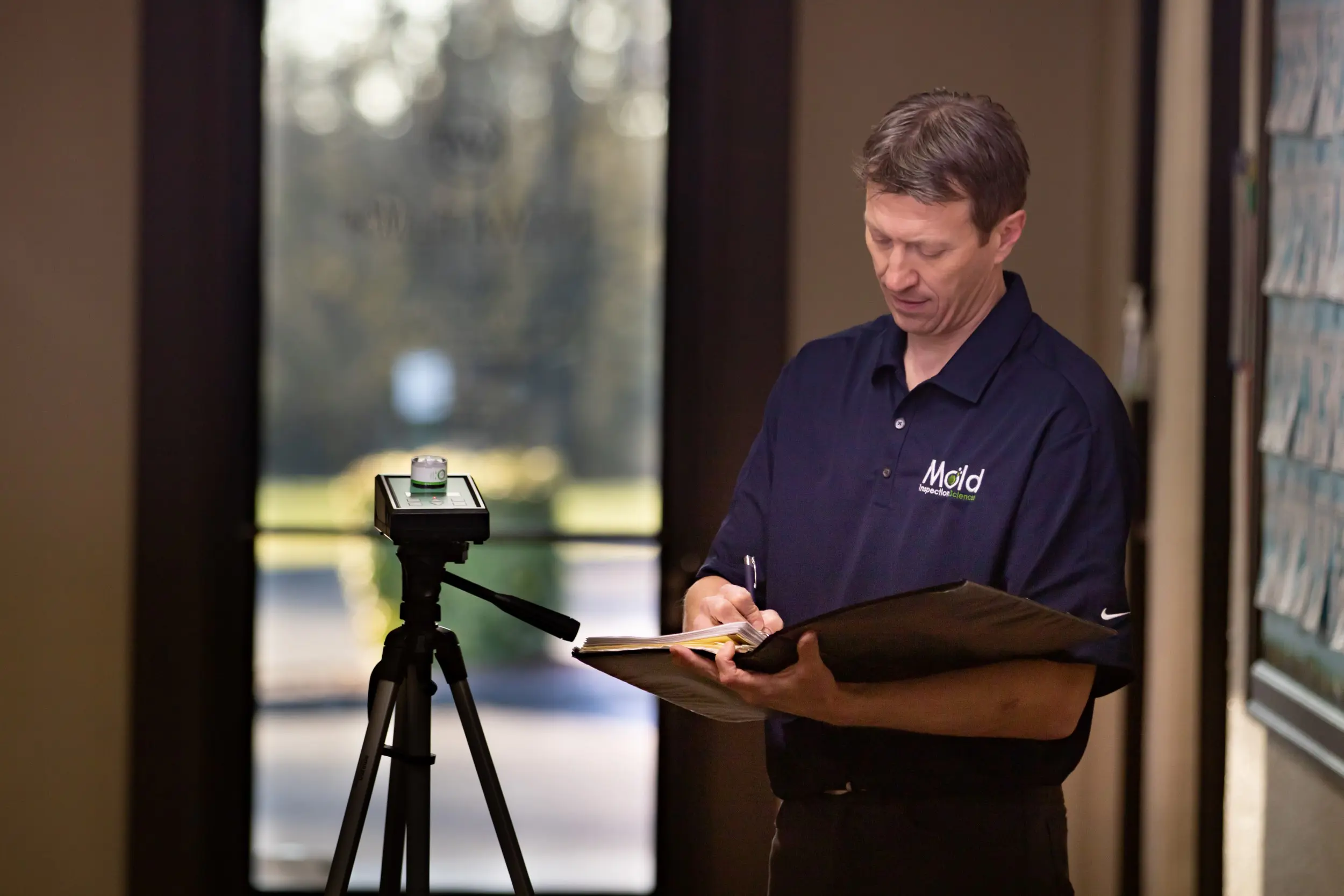Testing Air Quality After Mold Remediation
Testing Air Quality After Mold Remediation
Blog Article
Professional Tips for Blog Post Mold Remediation Success
In the world of mold and mildew remediation, efficiently getting rid of mold and mildew is only half the fight; truth challenge hinges on stopping its reappearance. Post-remediation efforts play a vital duty in making certain a mold-free setting in the long-term. By adhering to skilled tips and best techniques, people can secure their rooms versus mold rebirth and preserve a healthy and balanced interior environment. It is in this phase of the remediation procedure that focus to information and aggressive steps truly make a difference.
Display Moisture Degrees Frequently
After finishing mold removal treatments, preserving optimal humidity degrees is crucial to protect against mold re-growth and ensure a healthy and balanced indoor setting. High humidity levels above 60% create a favorable atmosphere for mold and mildew to thrive, making regular checking a proactive step to stop any type of future mold issues.
Making use of hygrometers or moisture meters can aid in precisely determining humidity degrees in various locations of the residential property. These devices give real-time information that enables removal professionals to make enlightened decisions relating to air flow, dehumidification, and various other needed actions to keep perfect moisture degrees post-remediation. Additionally, establishing a routine timetable for humidity checks, particularly in risky areas such as cooking areas, restrooms, and basements, is an aggressive strategy to mold and mildew avoidance. By constantly keeping an eye on humidity levels, homeowner can effectively reduce the danger of mold reoccurrence and preserve a healthy indoor atmosphere post-remediation.
Conduct Thorough Inspections Post-Remediation
Adhering to the completion of mold removal procedures, it is important to perform thorough assessments to verify the effectiveness of the remediation procedure. These post-remediation assessments are essential in making certain that the mold concern has actually been successfully attended to which there is no recurrence or staying mold and mildew development. Inspections ought to be accomplished by certified professionals who have expertise in identifying mold and examining indoor air high quality.
Throughout these evaluations, different approaches such as aesthetic analyses, air tasting, and surface area tasting might be used to extensively examine the remediated locations. Aesthetic evaluations entail an in-depth inspection of the premises to look for any kind of visible indications of mold development or water damages. Air sampling helps in establishing the airborne mold spore degrees, while surface sampling can discover mold particles on surface areas.
Implement Correct Air Flow Methods
After making certain the efficiency of the mold remediation procedure through comprehensive evaluations, the next critical action is to concentrate on executing proper air flow approaches. Appropriate ventilation is essential in protecting against mold and mildew reoccurrence by controlling moisture degrees and promoting air circulation. To attain this, it is suggested to utilize exhaust fans in locations susceptible to high moisture, such as restrooms and kitchens. In addition, opening doors and windows when weather permits can aid boost airflow and lower dampness accumulation. Air dehumidifiers and cleansers are also beneficial tools in maintaining optimum indoor air top quality.
Proper air flow not just help in avoiding mold and mildew development yet also contributes to the total wellness and convenience of residents. By making certain ample ventilation throughout the residential property, you can reduce the risk of mold and mildew regrowth and create a healthier living environment. Routine maintenance of air flow systems, consisting of cleansing and official source filter replacements, is vital to sustaining efficient air flow. Consulting with heating and cooling specialists can supply more insights into enhancing ventilation methods for your specific property demands.

Usage Mold-Resistant Products for Repairs
To improve the long-term performance of mold remediation initiatives, incorporating mold-resistant products for repair services is vital in alleviating the risk of future mold and mildew growth. Mold-resistant products are developed to withstand wetness and inhibit mold and mildew growth, making them an important selection for locations prone to wetness and humidity. When fixing areas affected by mold, using materials such as mold-resistant drywall, mold-resistant paints, and mold-resistant caulking can help protect against mold and mildew reoccurrence.
Mold-resistant drywall is an excellent alternative to standard drywall in locations like shower rooms and cellars where wetness degrees are greater. When exposed to damp problems, this kind of drywall has an unique covering that withstands mold growth also. Furthermore, utilizing mold-resistant paints consisting of antimicrobial representatives can even more prevent mold advancement on ceilings and wall surfaces.
In locations where dampness is usual, such as bathroom and kitchens, utilizing mold-resistant caulking around windows, sinks, and bathtubs can assist seal out water and protect against mold from holding in fractures and gaps. By purchasing these mold-resistant materials throughout repair services post-remediation, you can substantially minimize the chance of future mold issues and keep a much healthier indoor atmosphere.
Maintain Tidiness and Address Water Issues
Guaranteeing sanitation and promptly resolving water problems are basic methods to support in safeguarding interior areas from mold and mildew reinfestation. After mold and mildew remediation, it is crucial to keep a tidy atmosphere to stop the regrowth of mold (testing air quality after mold remediation). Normal cleaning, cleaning, and vacuuming can help remove any sticking around mold spores and find out avoid them from clearing up and proliferating. Furthermore, maintaining indoor areas completely dry and dealing with any type of water issues immediately is essential in mold prevention. Leakages, water intrusion, or high humidity levels can create the excellent breeding place for mold, so it is essential to fix any water-related troubles right away.
To keep sanitation, take into consideration utilizing HEPA filters in vacuums and air purifiers to trap mold spores and avoid their blood circulation airborne. In addition, making certain proper ventilation in areas prone to moisture build-up, such as kitchens and bathrooms, can aid keep humidity degrees in check. By staying attentive concerning tidiness and dealing with water issues promptly, you can effectively prevent mold reinfestation and preserve a healthy and balanced indoor environment.
Verdict

In the world of mold remediation, effectively eradicating mold is only half the fight; the true difficulty exists in stopping its reappearance. After finishing mold and mildew remediation treatments, keeping optimal moisture levels is crucial to avoid mold re-growth and make Bonuses sure a healthy and balanced interior setting. High moisture levels above 60% create a conducive environment for mold to flourish, making regular keeping an eye on a positive procedure to prevent any future mold and mildew concerns.
To boost the lasting performance of mold and mildew removal efforts, integrating mold-resistant materials for repair work is important in mitigating the danger of future mold growth. After mold remediation, it is critical to keep a tidy atmosphere to prevent the regrowth of mold.
Report this page